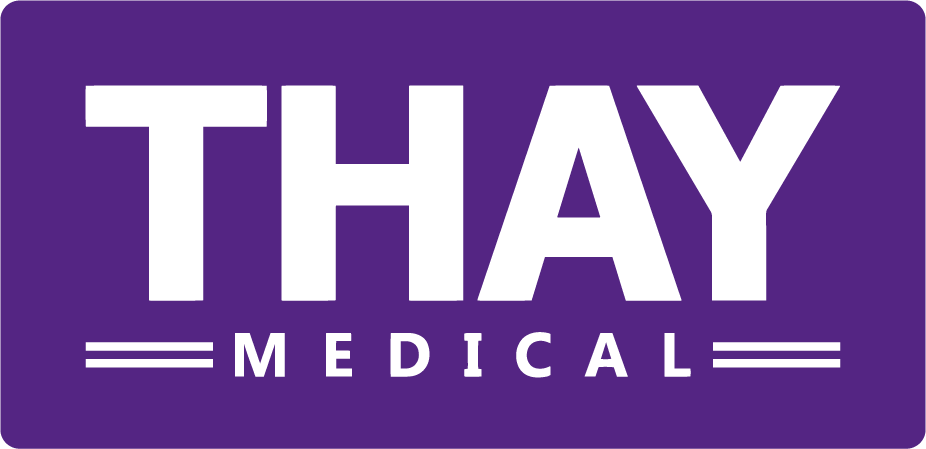Test Anxiety in Human Factors Testing
 Some thoughts on 'test anxiety' by Vaidotas Nenorta, Human Factors Engineer.I want to talk about a very important test factor that every single one of us encounters in our lives when performing human factors and usability tests - participant anxiety. Test anxiety appears in our bodies, just like before stepping in to a photo-shoot chamber or when appearing on television. I would describe this lovely psychological assistance as the battle between ‘‘I was born ready for this’’ and ‘’I am going to fail human kind!’’ It is a bias that can to some extent be minimised in human factors testing by doing some simple things. StressTest anxiety represents a combination of physiological over-arousal, tension and somatic symptoms, along with worry, dread, fear of failure and catastrophising that occur before or during test situations. In human factors testing, this creates issues for all involved. From the participant perspective, they are anxious, stressed and often nervous - especially if the test session has not been spelled out to them before-hand. From the point of view of the testers, the research / study team, then an anxious, stressed or nervous participant will have a bias on the test results and outcomes, potentially negatively. But it is not a consistent observation. Some test participants actually perform better when anxious as they are more likely to do what they are instructed, follow instructions or their own clinical practices. Some also perform to give negative results - use errors, close calls, deviations, that are really only prevalent when under these conditions of anxiety.So, if we are so anxious during the test, how can we state that the data collected during the period will be accurate, valuable and reliable? Surely, people don’t stress out every single day and live life on a plane of anxiety? How can we decrease the level of anxiety, reduce unnecessary stress and simulate a test environment worth making the front-page news?In human factors testing, it is essential to make the participant feel as comfortable as possible. As per the reasons mentioned above, it is extremely challenging to convince yourself not to behave as a healthy person and act naturally. Instead it is all too easy to act nervous since there is a chemical reaction happening in your body that is difficult to control, and to scare those butterflies away, back to where they came from.To deal with the problem you need to go deep down through the adrenal glands and the adrenal cortex into the zona fasciculata were we find these chemicals:
Some thoughts on 'test anxiety' by Vaidotas Nenorta, Human Factors Engineer.I want to talk about a very important test factor that every single one of us encounters in our lives when performing human factors and usability tests - participant anxiety. Test anxiety appears in our bodies, just like before stepping in to a photo-shoot chamber or when appearing on television. I would describe this lovely psychological assistance as the battle between ‘‘I was born ready for this’’ and ‘’I am going to fail human kind!’’ It is a bias that can to some extent be minimised in human factors testing by doing some simple things. StressTest anxiety represents a combination of physiological over-arousal, tension and somatic symptoms, along with worry, dread, fear of failure and catastrophising that occur before or during test situations. In human factors testing, this creates issues for all involved. From the participant perspective, they are anxious, stressed and often nervous - especially if the test session has not been spelled out to them before-hand. From the point of view of the testers, the research / study team, then an anxious, stressed or nervous participant will have a bias on the test results and outcomes, potentially negatively. But it is not a consistent observation. Some test participants actually perform better when anxious as they are more likely to do what they are instructed, follow instructions or their own clinical practices. Some also perform to give negative results - use errors, close calls, deviations, that are really only prevalent when under these conditions of anxiety.So, if we are so anxious during the test, how can we state that the data collected during the period will be accurate, valuable and reliable? Surely, people don’t stress out every single day and live life on a plane of anxiety? How can we decrease the level of anxiety, reduce unnecessary stress and simulate a test environment worth making the front-page news?In human factors testing, it is essential to make the participant feel as comfortable as possible. As per the reasons mentioned above, it is extremely challenging to convince yourself not to behave as a healthy person and act naturally. Instead it is all too easy to act nervous since there is a chemical reaction happening in your body that is difficult to control, and to scare those butterflies away, back to where they came from.To deal with the problem you need to go deep down through the adrenal glands and the adrenal cortex into the zona fasciculata were we find these chemicals:
Picture 1: Cortisol's chemical structure
This beautiful mosaic of O’s and H’s is called cortisol. It’s a hormone of the glucocorticoid class that appears in our body as a response to one of the delightful stress-filled days we have or as a result of lack of cakes and chocolates, or when under test conditions. Let’s get back to cortisol. It attacks us when we are down and exactly at the time when its presence is so hard to deal with. So now that we know how it looks, what next? That is the oldest rule in the book, you need to know your opponent to be able to end up victorious. So, how do we fight it? Or do we even need to fight it? Maybe what we need is just a little trick?According to the Harvard Business School Professor Alison Wood Brooks, to win the battle requires to engage the opposite strategy: telling yourself you're excited and not at all anxious. But in terms of the physical changes in your body, excitement and anxiety are difficult to distinguish. And so, when you're anxious, it's not a stretch for your body to channel those negative feelings into positive ones of excitement instead. This isn't just hearsay, either.Of course, there are so many ways you could free yourself from it or maybe just decrease the levels of this vital chemical in your body, but not everything is about you! In this case, it is about the test participant and surely you cannot be giving psychology lectures just before you enter the test environment! What you could do - and that’s the tricky part - is to guide the participants towards that comfort or, as Professor Brooks said, excitement.We also know that the following can help reduce test anxiety:
- Hide the cameras used to record test sessions.
- Decrease the number of observers in the test environment.
- Encourage the test participant they are doing well, even if they are not performing as you intend.
- Let the test participant know that there is no acceptance criteria to meet - that they cannot "fail" in any way.
- Use an experienced Moderator to facilitate the test session who can 'connect' to the test participant quickly to relax them.
- Keep the test environment as realistic as possible so that it is not vastly different to what the test participant is used to.
All are good ways to reduce the amount of test anxiety participants face during their test sessions - and to have that brief conversation about the weather and subjects close to the participants area of interest are a vital key to flawless and reliable test data.Want to know more?For any questions on this blog post, please do not hesitate to contact us.The Staff at THAY Medical

